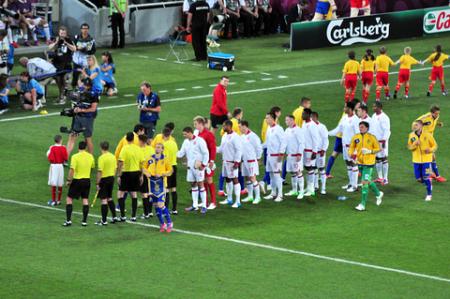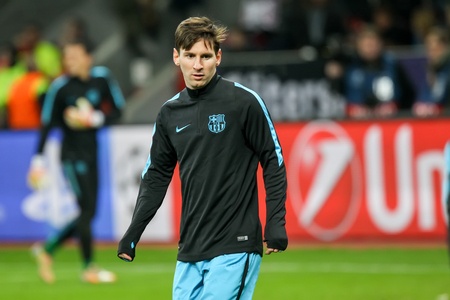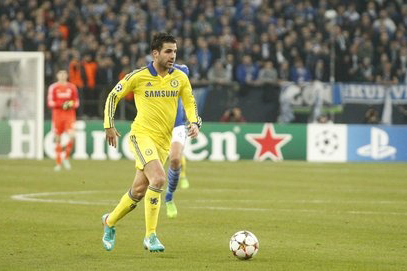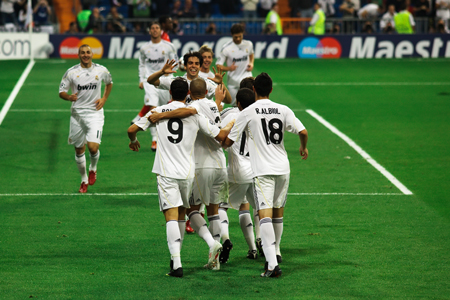Issue number 11 of the Monthly Report compares the profile of 50 national A-team squads at worldwide level from the perspective of age, height, employer clubs and place of birth. The study notably shows the high concentration of talent in the wealthiest leagues. Almost one minute out of two was played by big-5 league footballers. In total, 68.9% of minutes were played by footballers under contract with foreign clubs. England is the only squad who did not field footballers playing abroad.
Monthly Report 10
Relative age effect: a serious problem in football
The tenth Monthly Report of the CIES Football Observatory analyses the relative age effect on the possibility of a career in football. The study shows that players born in the first months of the year are over-represented among professional footballers. It also highlights the existence of a selection bias favouring players with precocious physical development. The limiting of this phenomenon would reinforce meritocracy in football.
Monthly Report 9
Youth training in European football: a comparative analysis
Youth training is of fundamental importance for football. Without quality training, the sporting development of the game cannot be guaranteed. The level of spectacle would also be diminished, thus limiting the economic potential of the sport. Issue number 9 of the Monthly Report analyses trends in the percentage of club-trained players in 460 teams of 31 top division European leagues. It also presents clubs who have trained the most footballers participating in these competitions.
Monthly Report 8
Exporting countries in world football
The eighth edition of the CIES Football Observatory Monthly Report analyses the origin of foreign players in 6,135 professional and semi-professional clubs, within 458 leagues located in 183 countries worldwide. In total, 18,660 foreign players from 194 origins were recorded. The study notably shows that Brazil is the most represented among foreign nationals, followed by Argentina and France.
Monthly Report 7
How to build a team for long term success?
Since 2005, the CIES Football Observatory has developed pioneering data analysis to understand the logics of success in football. This Monthly Report unveils the key findings related to the four main dimensions of sustainable squad management: team chemistry, demographic structure, performance analysis and transfer policy.
Monthly Report 6
Transfer values and probabilities
The CIES Football Observatory has built powerful econometric models to estimate both transfer values and transfer probabilities of professional football players. This Monthly Report describes the exclusive approach developed and lists the big-5 league footballers with the highest transfer values and fee-paying transfer probabilities at the end of the 2014/15 season.
Since 2010, the CIES Football Observatory has been developing an innovative approach to the technical analysis of performance in football both at team and player levels. This paper details the methodology used, which is exemplified through the presentation of the best clubs and players for the 2014/15 big-5 league season.
Monthly Report 4
Squad analysis: who will win the Champions League?
The fourth edition of the CIES Football Observatory Monthly Report presents an in-depth analysis of the squad composition of teams qualified for the 2014/15 Champions League quarter-finals. Using values measured for the last five winners, the study identified Real Madrid as the favourites. In the end, the trophy was lifted by their historical rivals Barcelona.
Monthly Report 3
Transfer expenditure and results
This Monthly Report analyses the evolution of transfer sums paid by clubs in the five major European leagues from the 2009/10 season up until 2014/15. It shows that ever-increasing amounts of money are at stake in the transfer market of football players. In parallel, a process of concentration of expenditure at the top of the pyramid is taking place. This reinforces the domination of the wealthiest clubs. A reform is proposed to improve the redistributive factor of the transfer system.
Monthly Report 2
Talent scouting: an experience capital approach
Playing numerous games during the first years of a professional career is an essential condition in order to be able to compete in the top level leagues worldwide. This Monthly Report introduces the exclusive “experience capital” approach developed by the CIES Football Observatory research team and identifies the most promising U23 players in 31 top division championships of UEFA member associations.
Monthly Report 1
Club instability and its consequences
The first edition of the CIES Football Observatory Monthly Report deals with the reasons and consequences of the increasing level of club instability in Europe. The study shows that stability gives clubs a competitive advantage over rival teams, be it on a sporting level with better medium and long-term results and from an economic perspective with a greater capacity to launch careers of club-trained players and generate revenues through their transfer.












